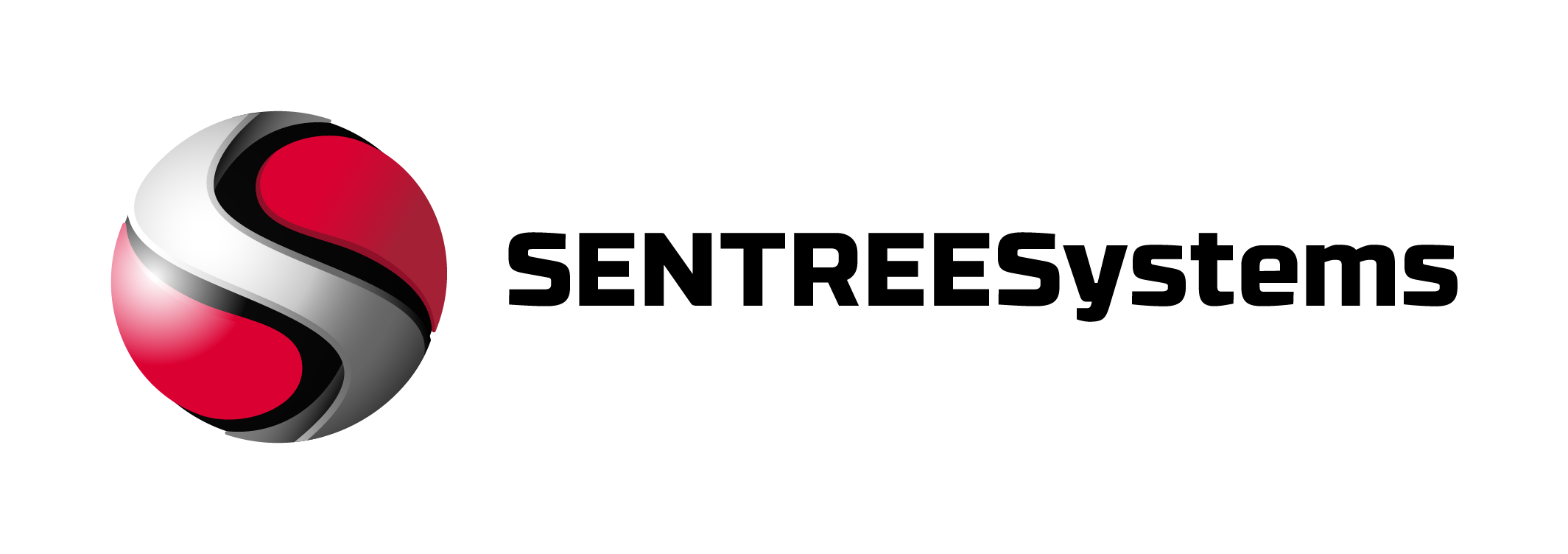AI Security Training for Small Business IT Teams: Complete Guide
Modern AI platforms reduce phishing clicks by 50-80% while cutting training costs. Here’s what works for teams under 50 people.
Small business IT teams face a harsh reality: cyber attacks target 43% of small businesses, yet most security training fails to address AI-enhanced threats like deepfakes and sophisticated phishing. Traditional annual training modules can’t keep pace with attackers who now craft convincing emails in minutes using generative AI. Modern ai it team training platforms combine behavioral analytics, adaptive learning, and real-time simulations to build genuine security awareness rather than checking compliance boxes.
Key Takeaways
- Start with phishing simulations – they reveal actual vulnerability patterns in your team
- Choose platforms with behavioral analytics – static training doesn’t change risky behaviors
- Budget $20-50 per employee annually for comprehensive coverage including AI threat training
- Track click rates and reporting behavior – not just completion certificates
- Integrate training into daily workflows – standalone portals see poor adoption
What Should Small Businesses Deploy First for AI IT Team Training?
Deploy personalized phishing simulations with immediate feedback before investing in comprehensive training libraries.
A 35-person marketing agency implemented weekly phishing tests after employees clicked 60% of malicious links in their baseline test. Within three months, click rates dropped to 12%, and employees began forwarding suspicious emails to IT instead of clicking through. The key was immediate micro-learning – when someone clicked a simulated phish, they immediately saw a 2-minute explanation of the specific tactics used.
I’ve deployed security training across 200+ small business environments over eight years, focusing on measurable behavior change rather than compliance theater.
How AI IT Team Training Platforms Compare to Traditional Security Tools
EDR vs XDR
Endpoint Detection and Response (EDR) monitors individual devices for threats, while Extended Detection and Response (XDR) correlates signals across email, network, and endpoints. For small businesses, EDR provides essential visibility; XDR adds context but requires more expertise to manage effectively.
UEBA (User and Entity Behavior Analytics)
UEBA establishes baseline behavior patterns for users and devices, flagging deviations that might indicate compromise. Essential for detecting insider threats and account takeovers that bypass traditional security controls.
SIEM/SOAR vs MDR/MSSP
Security Information and Event Management (SIEM) and Security Orchestration, Automation and Response (SOAR) require dedicated security staff to operate effectively. Managed Detection and Response (MDR) and Managed Security Service Providers (MSSP) provide the expertise most small businesses lack internally.
NIST Cybersecurity Framework Mapping
Identify: Asset inventory and risk assessment. Protect: Access controls and security training. Detect: Continuous monitoring and anomaly detection. Respond: Incident response procedures and communication. Recover: Business continuity and lessons learned. For healthcare organizations, these align with HIPAA Security Rule requirements for administrative, physical, and technical safeguards.
Platform Comparison: Features That Actually Matter
| Platform Type | Core Capability | Best for Small Teams |
|---|---|---|
| Phishing simulation | Personalized attack scenarios with behavioral tracking | Teams needing immediate risk reduction |
| Adaptive learning | AI-powered content adjustment based on user performance | Organizations with mixed skill levels |
| Multi-channel training | Email, SMS, voice, and video attack simulations | Remote teams using multiple communication tools |
| Role-specific modules | Targeted content for IT, finance, and executive roles | Companies with clear departmental boundaries |
| Behavioral analytics | Risk scoring and automated intervention triggers | Teams wanting measurable security culture improvement |
What Does AI Security Training Cost for Small Business IT Teams?
Expect to budget $2-10 per employee monthly, or $20-50 annually for comprehensive ai it team training platforms (as of January 2025).
- Basic phishing simulation: $2-5 per user monthly
- Comprehensive training platforms: $5-10 per user monthly
- Enterprise features: $50+ per user annually for advanced analytics
- One-time training sessions: $20-100 per employee for workshops
Measure ROI through concrete metrics: **mean time to detect** suspicious emails, **mean time to report** potential threats, **reduction in risky clicks**, and **avoided downtime** from prevented incidents. The CISA Cybersecurity Toolkit provides baseline security practices, while the NIST Cybersecurity Framework offers structured implementation guidance.
Essential Features for Effective AI IT Team Training
Behavioral Analytics and Adaptive Content
The most effective platforms **track user interactions continuously** – clicks, login patterns, reporting behaviors, and quiz performance. This data feeds risk scoring algorithms that automatically adjust training frequency and difficulty. An employee who fails three phishing simulations receives more frequent, targeted training, while high performers get advanced challenges.
Multi-Channel Attack Simulations
Modern attacks span email, SMS, voice calls, and video conferences. Comprehensive training platforms simulate **deepfake voice calls** from executives requesting urgent wire transfers, **AI-generated phishing emails** that mirror internal communication styles, and **smishing campaigns** targeting mobile devices. Single-channel training leaves dangerous blind spots.
Real-Time Feedback and Micro-Learning
When employees encounter simulated threats, **immediate intervention works better than delayed training**. Effective platforms deliver 2-3 minute micro-learning modules explaining specific attack techniques, followed by knowledge checks to ensure retention.
How Do You Measure Training Effectiveness Beyond Compliance?
Track behavioral changes through monthly metrics: phish-prone percentage, suspicious email reporting rates, and security incident frequency.
Avoid focusing solely on training completion certificates. **Measure actual risk reduction** through:
- Baseline testing: Conduct quarterly phishing assessments to establish vulnerability trends
- Reporting culture: Track how many employees proactively report suspicious communications
- Incident correlation: Monitor whether training topics align with prevented attacks
- Knowledge retention: Test understanding 30-60 days after training delivery
Successful programs show **50-80% reduction in risky clicks** within six months, paired with **increased reporting of legitimate threats** by 200-400%. These behavioral shifts indicate genuine security culture improvement rather than superficial compliance.
Addressing AI-Specific Threats in Small Business Training
Deepfake Recognition and Response
Train employees to **verify unusual requests through secondary channels**, especially financial authorizations or sensitive data requests. Implement verbal verification protocols for high-stakes decisions, even when video calls appear legitimate.
Generative AI Security Risks
Establish clear policies for **approved AI tools and data handling**. Many employees use ChatGPT, Claude, or similar services without considering data privacy implications. Training should cover which platforms are approved, what information can be processed, and how to identify AI-generated content in incoming communications.
Business Email Compromise (BEC) Evolution
AI enhances BEC attacks by analyzing communication patterns, organizational hierarchies, and writing styles. Train employees to **recognize subtle inconsistencies** in executive communications and implement multi-person authorization for financial transactions above defined thresholds.
Implementation Strategy for Small IT Teams
Start with Pilot Programs
Deploy training to **10-15 employees across different departments** for 60-90 days before organization-wide rollout. This pilot approach helps identify platform effectiveness, user adoption challenges, and content relevance without overwhelming limited IT resources.
Integration with Existing Workflows
Choose platforms that **embed training into daily communication tools** rather than requiring separate portals. Training delivered through Slack, Microsoft Teams, or email sees significantly higher engagement than standalone learning management systems.
Continuous Improvement Cycles
Review monthly metrics including click rates, reporting patterns, and knowledge assessment scores. **Adjust training frequency and content based on empirical performance data** rather than arbitrary schedules. High-performing employees can receive quarterly training, while vulnerable users need monthly reinforcement.
Conclusion
Effective ai it team training for small businesses requires platforms that measure and modify actual behavior rather than checking compliance boxes. The combination of behavioral analytics, multi-channel simulations, and adaptive content delivery creates measurable risk reduction while fitting realistic budgets. **Start with phishing simulations to establish baselines**, then expand to comprehensive platforms as security culture matures.
FAQ
What’s the minimum budget for effective ai it team training?
Budget at least $20-30 per employee annually for basic phishing simulation and awareness training. This covers monthly simulations, immediate feedback, and basic reporting. Comprehensive ai it team training with behavioral analytics costs $40-50 per employee yearly but delivers measurably better results.
How often should small businesses conduct security training?
Replace annual training with **monthly micro-learning sessions** and quarterly phishing assessments. Continuous, brief training maintains awareness better than intensive annual sessions that employees quickly forget.
Do small businesses really need specialized AI threat training?
Yes, especially for IT teams managing security tools and policies. AI-enhanced attacks target small businesses specifically because they often lack sophisticated defenses. Training should cover deepfake recognition, generative AI risks, and evolving phishing techniques.
Can training platforms integrate with existing security tools?
Most modern platforms offer **API integrations with popular security tools**, including Microsoft 365, Google Workspace, and major SIEM solutions. Integration enables automated incident response and streamlined reporting.
What’s the difference between security awareness and technical security training?
Security awareness training targets all employees with basic threat recognition and response procedures. Technical security training for IT teams covers implementation, configuration, and management of security tools, incident response procedures, and advanced threat analysis.
How do you handle training for remote and hybrid teams?
Choose platforms with **mobile-friendly interfaces and asynchronous delivery**. Remote employees often access training through personal devices, so ensure compatibility across operating systems and screen sizes. Track completion and engagement across distributed teams through centralized dashboards.
What compliance frameworks require security awareness training?
HIPAA, SOC 2, PCI DSS, and GDPR all include security awareness training requirements. Many cyber insurance policies now **mandate quarterly phishing simulations** and documented training completion as coverage prerequisites.



